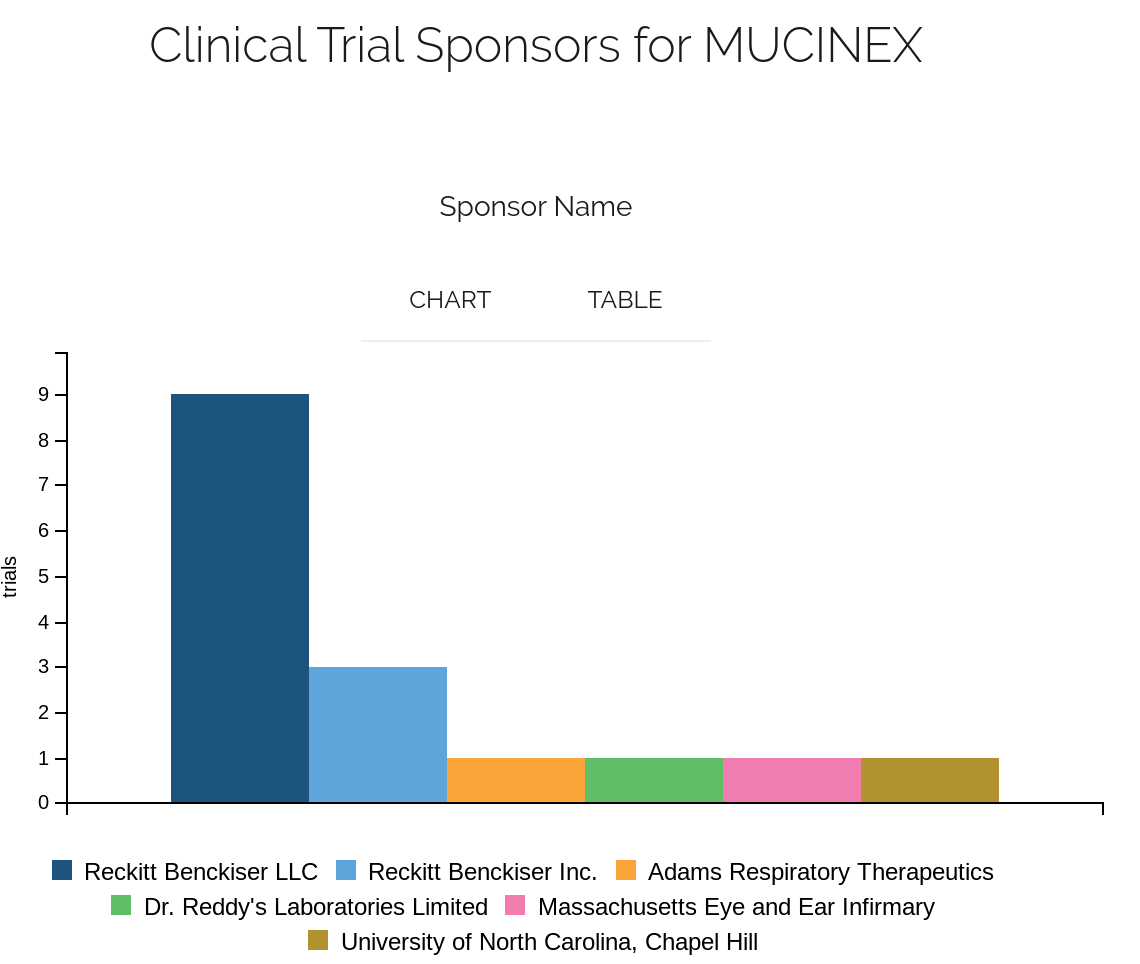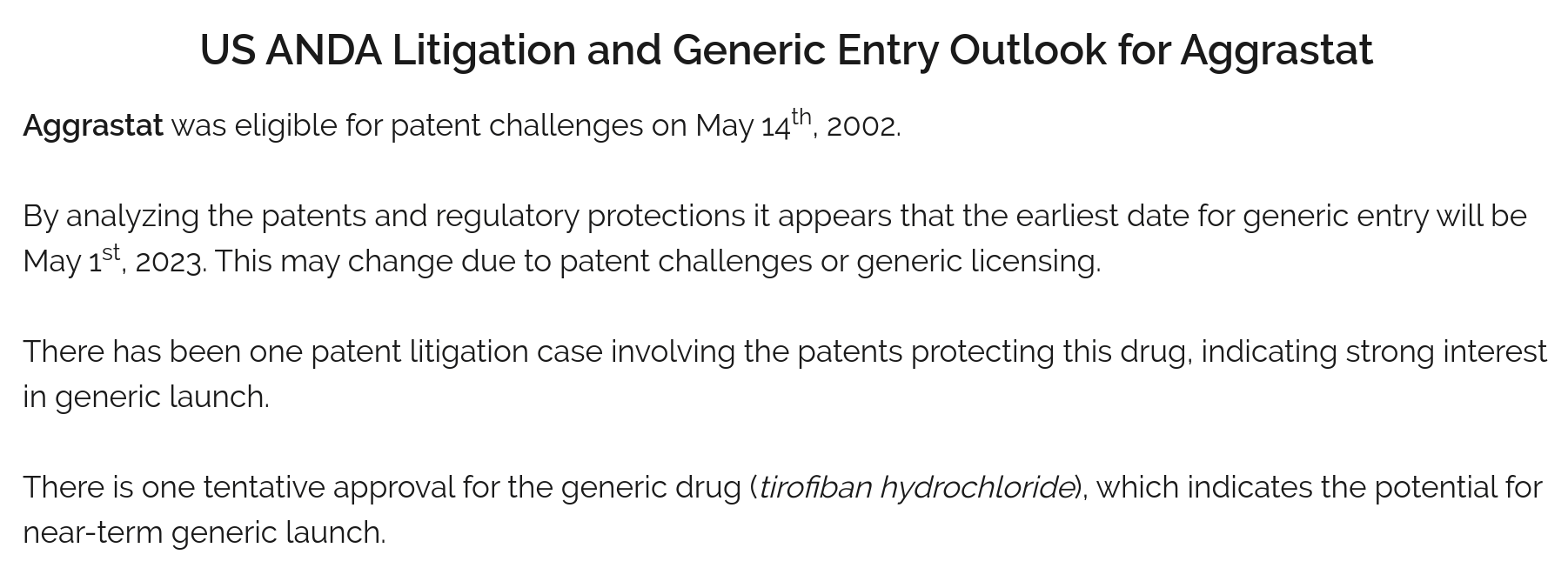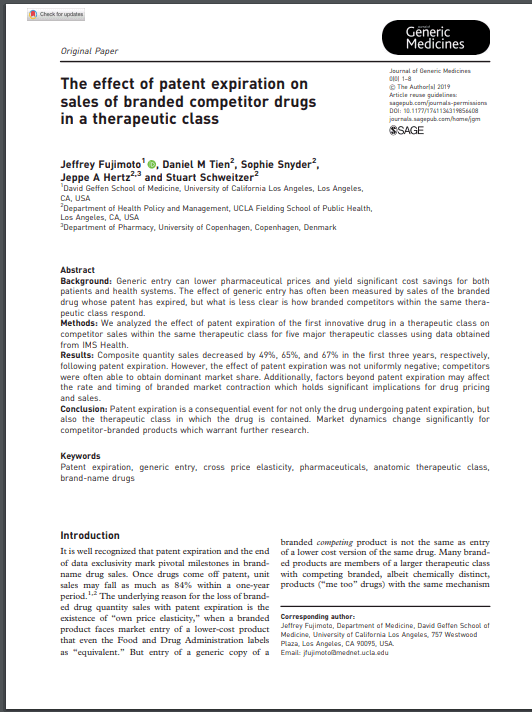In the world of pharmaceuticals, drug names hold significant importance. They are not just labels but convey crucial information about the drug’s function, chemical structure, and therapeutic use. Understanding how these names are crafted can help healthcare professionals, patients, and business professionals navigate the complex landscape of pharmaceuticals. This article delves into the intricate process of drug naming, highlighting the balance between creativity, safety, and regulation.
The Basics of Drug Naming
Drug names are generally divided into two categories: generic and brand names. Generic names are standardized and nonproprietary, while brand names are proprietary and often more creative. Historically, drug names were derived from their chemical structure, but this approach proved cumbersome and confusing. Today, a more systematic method is employed to ensure clarity and safety.
The Role of the US Adopted Names Council (USAN)
The US Adopted Names Council (USAN) plays a pivotal role in the drug naming process. Comprising representatives from the FDA, AMA, USP, and APhA, USAN collaborates with the WHO to assign international nonproprietary names (INNs) to drugs. This collaboration ensures consistency and safety in drug nomenclature across the globe[1].
Generic Drug Naming Process
Creating a generic name involves several steps, beginning with a proposal to USAN. The name must be simple, translatable, and not easily confused with existing drugs. Suffixes and prefixes are crucial, as they provide information about the drug’s action or receptor target. For example, the suffix “-tinib” in “imatinib” indicates a tyrosine kinase inhibitor[1].
Brand Name Development
Brand names offer more creative freedom compared to generic names. Pharmaceutical companies aim for names that are memorable and evoke positive associations. However, these names must also pass trademark and regulatory hurdles. The process can take years, involving extensive market research and safety checks[2].
Safety Considerations in Drug Naming
Safety is paramount in drug naming. Names that look or sound alike can lead to medication errors. To mitigate this risk, tools like Phonetic and Orthographic Computer Analysis (POCA) are used to screen new names against existing ones. This ensures that proposed names do not resemble others that could lead to confusion during prescription[1][2].
Linguistic and Cultural Factors
Drug names must be easy to pronounce and culturally sensitive. A name that is offensive or difficult to say in one language can hinder its global acceptance. Therefore, linguistic checks are an integral part of the naming process, ensuring that names are universally acceptable[2].
Market Research in Drug Naming
Market research plays a crucial role in drug naming. Pharmaceutical companies conduct surveys with healthcare professionals to gauge the safety, appeal, and memorability of potential names. This feedback helps refine the list of names to those that resonate well with the target audience[2].
Challenges in the Drug Naming Process
The drug naming process is fraught with challenges. Balancing creativity with regulatory compliance can be difficult. Names that imply efficacy or superiority are often rejected, as seen with the name “Regain” for Rogaine, which was deemed misleading[5].
Case Studies of Well-Known Drug Names
Names like Viagra and Lyrica are examples of successful drug naming. Viagra, with its connotations of vitality, and Lyrica, evoking music and harmony, demonstrate how names can enhance brand recognition and consumer trust[2].
The Impact of Drug Names on Marketing
Drug names significantly impact marketing strategies. A strong brand name can foster consumer trust and drive sales. In advertising, the name becomes synonymous with the drug’s benefits, making it a powerful tool in the pharmaceutical industry[2].
Future Trends in Drug Naming
As technology advances, so too does the drug naming process. Innovations in artificial intelligence and machine learning may streamline the naming process, making it more efficient and accurate. Additionally, regulatory practices may evolve to accommodate these advancements[4].
Expert Opinions on Drug Naming
Industry experts emphasize the importance of drug naming in ensuring patient safety and effective marketing. Michael Quinlan of Pfizer notes that the process is designed with the patient in mind, aiming to prevent confusion and ensure distinctiveness[2].
“Our goal is to prevent confusion,” says Quinlan. “We want to make sure that they’re safe.”
Key Takeaways
Understanding drug names is crucial for healthcare professionals and patients alike. The naming process is a complex interplay of creativity, safety, and regulation, designed to ensure clarity and prevent errors. As the pharmaceutical industry evolves, so too will the strategies for naming drugs.
FAQs
- Why are drug names so complicated?
Drug names are designed to convey specific information about the drug’s function and structure, which can make them complex. - Who is responsible for naming drugs?
The US Adopted Names Council (USAN) and the World Health Organization (WHO) are primarily responsible for naming drugs. - What is the difference between a generic and a brand name?
Generic names are standardized and nonproprietary, while brand names are proprietary and often more creative. - How long does the drug naming process take?
The process can take several years, involving extensive research, safety checks, and regulatory approval. - Can drug names be rejected?
Yes, names can be rejected if they imply efficacy, are misleading, or resemble existing names too closely.





















